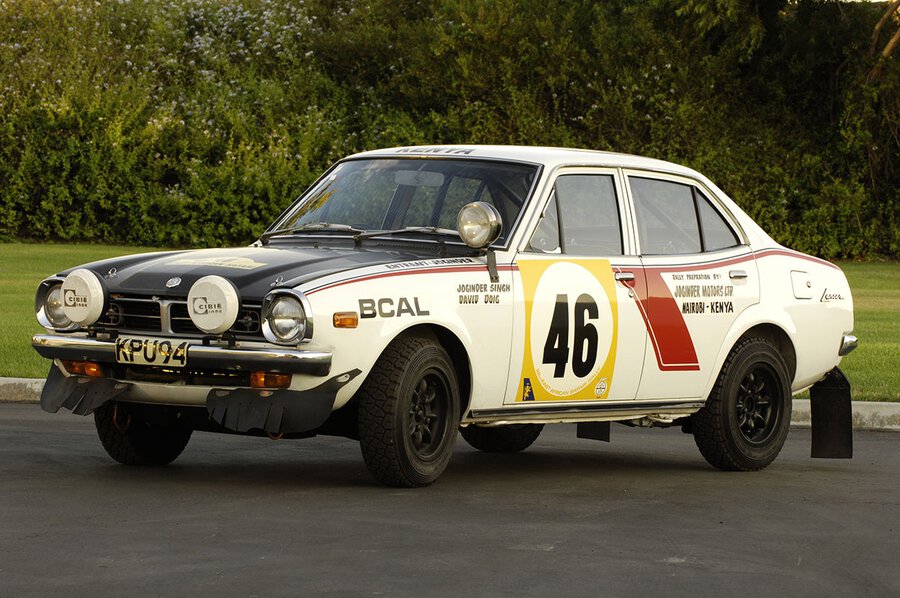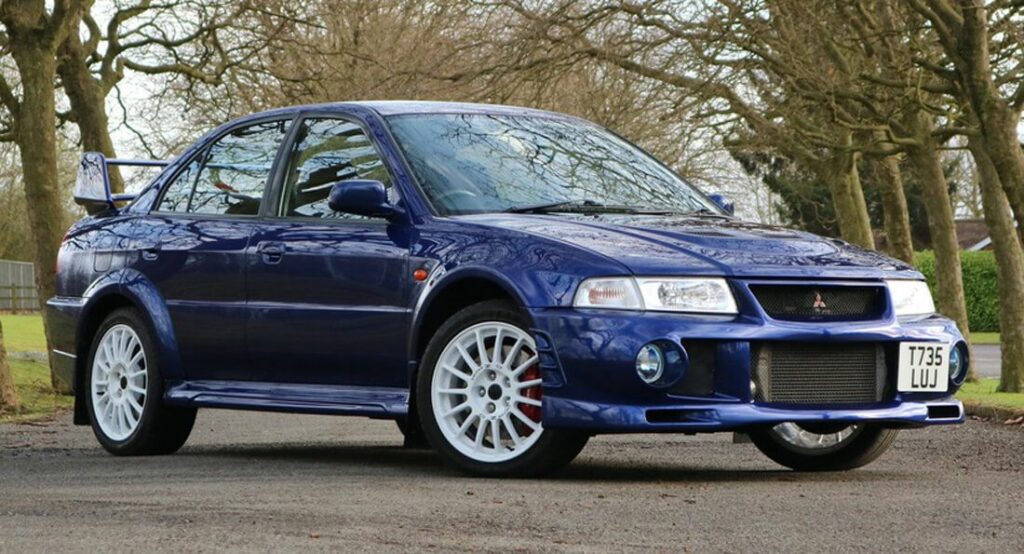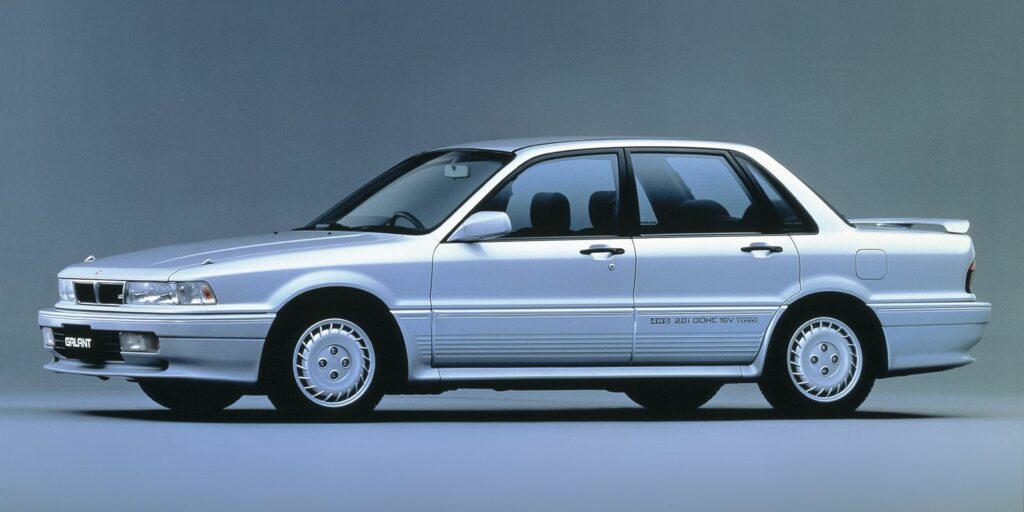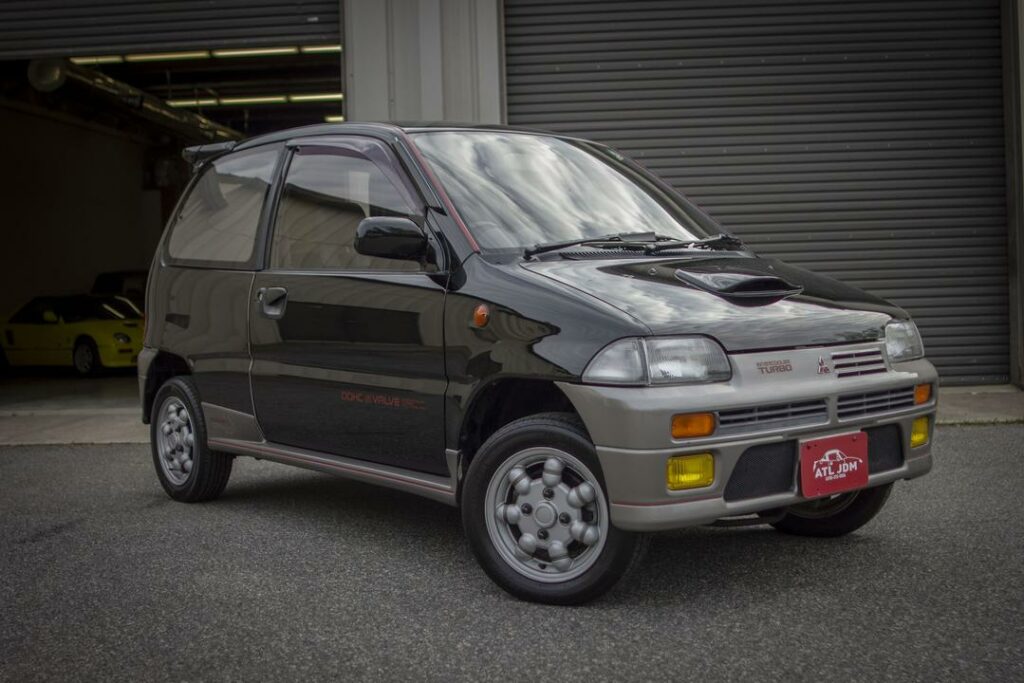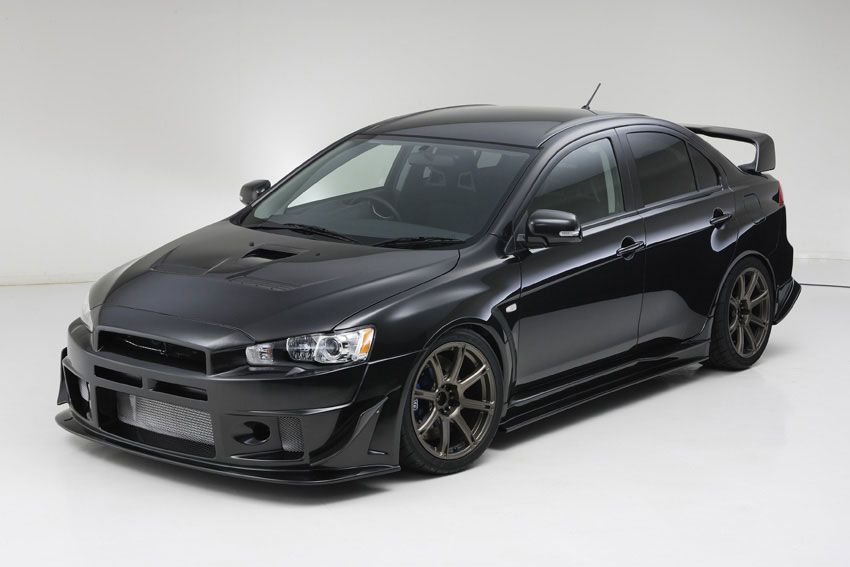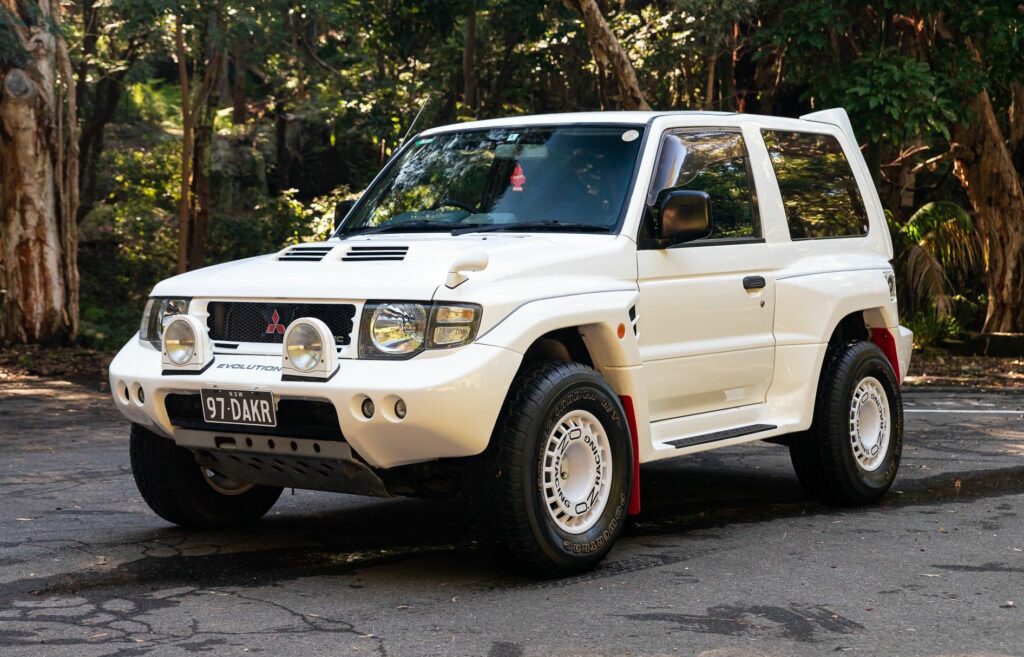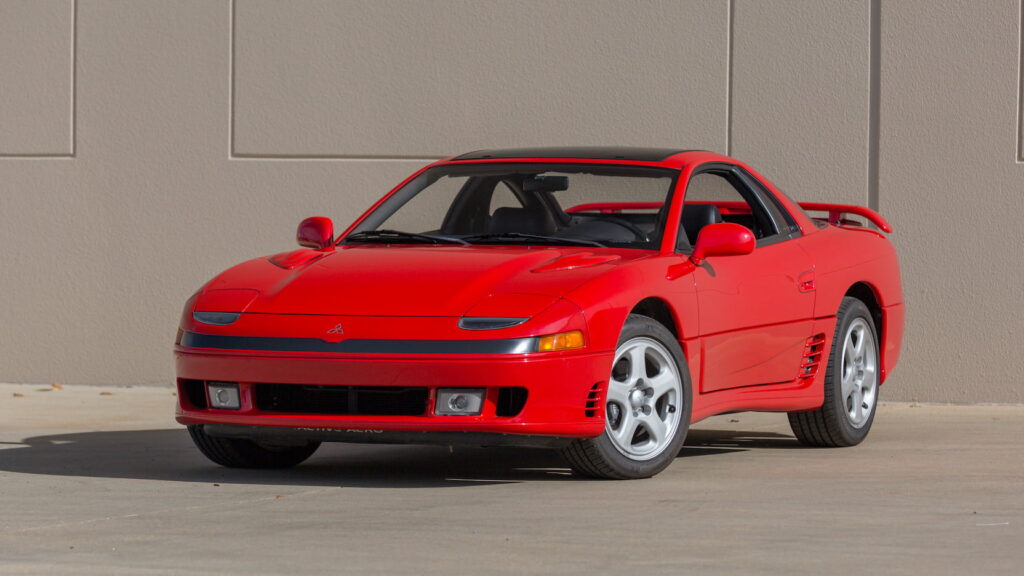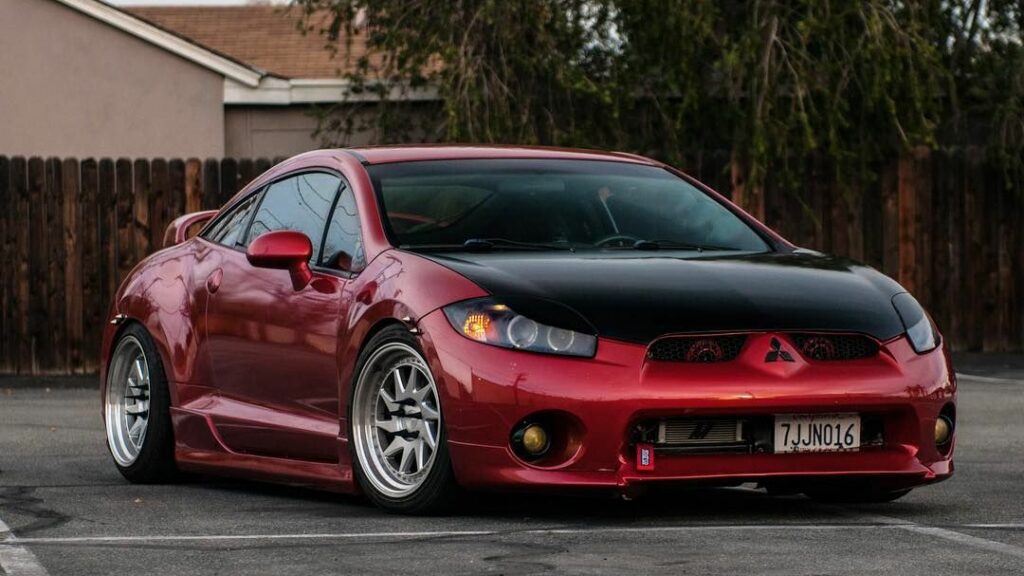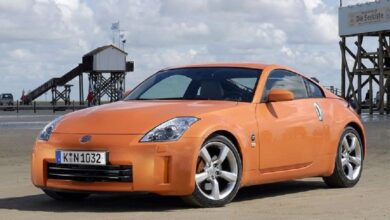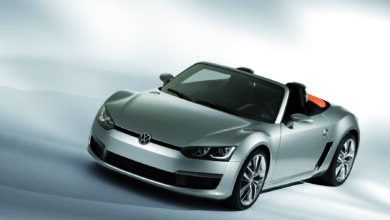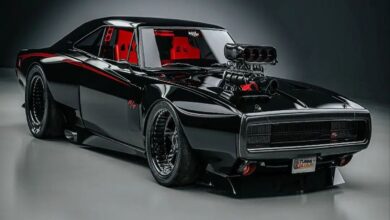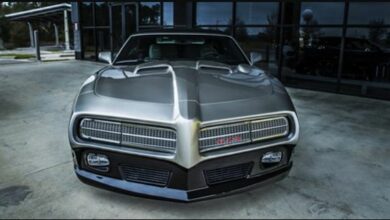Top 10 Legendary Mitsubishi Sports Cars
Mitsubishi is a well-known Japanese manufacturer with a long history of success in the consumer and racing car markets, reflected in the numerous championships the company has won over the years in the automotive industry sports bowl.
Before Mitsubishi entered the “Alliance” with Renault and Nissan to produce SUVs, the Diamond-Star brand competed head-to-head with Toyota, Subaru, and Ford in key and off-road races such as the Paris-Dakar, which they consecutively won. In this article, Car Magazine will introduce 10 legendary Mitsubishi sports cars that have glorified this Japanese car brand.
What Are Mitsubishi Sports Cars Made The History Of The Speed Car Tycoon?
Despite the fact that Mitsubishi vehicles never enjoyed significant sales, the company was nonetheless able to attract a devoted following with its sports car designs and sophisticated engineering. Here are the top 10 Mitsubishi sports cars ever.
1. Starion
In the Mitsubishi sports cars, this is a model that perhaps old enough drivers are familiar with and it has many different symbols on the hood. Chrysler, Dodge, and Plymouth sold the Starion in North America under the Conquest model name.
Although the Starion is the second Japanese sports car with electronic fuel injection on the turbocharger, sales have never really skyrocketed after models like the Mazda RX-7 and Toyota Supra.
The car came in two body configurations – narrow and wide – but only one engine was offered in North America, the famous 2.6-litre G54B that Chrysler also used in their K-Platform models.
2. Lancer 1600 GSR
In all Mitsubishi sports cars, the Lancer 1600GSR was the first to make Mitsubishi a sports car legend. GSR, created to be the off-road champion, has brought the Japanese manufacturer numerous victories in some of the most extreme races. Examples include two victories in the Kenya Safari Races (1972 and 1974), the Ivory Coast Races (1977), the Zaire Rally (1979), as well as numerous victories in the South Australian Crossroads (1973–20). ). In 1976). Due to the winning streak, the Lancer 1600 GSR was given the nickname King of Africa at the time.
A 109 hp powertrain was used in the street variant. Private racers continued to use the GSR into the 1980s even after it was out of production and had a 169 hp engine for racing variants.
3. Lancer Evolution VI
Lancer Evo VI Tommi Makinen edition is one of the rarest special Mitsubishi sports cars, with only 2500 units produced. It was created to honor the four championships that Makinen won while operating the Diamond-Star car in the World Rally Championship.
In addition to the 2.0-liter, 276-hp turbocharger, the TME Evo VI also features a unique front bumper, titanium turbine, TME edition stickers, and signature Recaro seats with the embossed “T. Makinen” logo. , different front. bumpers, red/black Recaro seats with embossed “T. Mäkinen” logo, white 17-inch Enkei wheels, Momo leather-wrapped steering wheel and gearshift lever, the Evo VI is available in a variety of colors, including white, blue, black, silver and red (Tommy Mäkinen Edition only).
4. Galant VR-4
Of the three generations of Japanese vehicles, the VR-4 is the most advanced Galant version built as an off-road variant of the WRC Group A model. The model also has a strong race history, having won victories. won six WRC races in three years, including the 1000 Lakes rally in Finland.
The original VR-4 had a 2.0-liter inline-four with 237 hp borrowed from the competition model, but later VR-4s produced all had V6s. Drivers received 237 hp from the same 24-valve 2.0L engine as in the previous generation, but the 2.5-liter engine has a higher peak power. One of the speed legends on the list of the best Mitsubishi sports cars.
5. Minica Dangan ZZ
Minica Dangan ZZ is a genuine Kei-car pocket rocket only available on the domestic Japanese market. Dangan ZZ, following the principles of Kei car, has a 549cc engine with a modest displacement, however, it is turbocharged and liquid-cooled to improve performance. Due to its lightweight design, the DOHC 3-cylinder powertrain paired with a 5-speed manual transmission can produce 64 hp and travel up to 100 mph.
Sidevia for Mitsubishi Minica Dangan ZZ: TG Philippines
The unfortunate fact is that Mitsubishi only produced this little monster for 4 years, making it the sports car with the shortest lifespan of all Mitsubishi sports cars.
6. Evolution X
Lancer Evolution X, is a legendary sports car incredibly powerful and beautiful. Gasoline enthusiasts everywhere will remember the classic car’s tenth and final appearance.
Fans were sobbing when Mitsubishi finally confirmed the Evolution’s retirement and many more years for another Diamond Star sports car. Depending on the model, the 2.0-liter engine can deliver between 276 and 440 horsepower through a six-speed dual-clutch transmission or a five-speed manual transmission for all four wheels.
7. Colt GTi-16 Turbo
Speaking of rockets, the tiny Colt Gti 16v Turbo was once one of the hot favorites in Europe despite not being the best seller in Mitsubishi sports cars. It had a 1.8-liter turbo inline-four with 16 valves that could provide the driver with 128 horsepower, making it one of the most powerful but unattractive cars of its time. that point.
The small Colt has contributed to raising consumer awareness of Mitsubishi as a family-oriented automaker with practical sports features. The Colt Gti 16v Turbo is easy to drive and one of the most competitive models with the Golf Gti, Peugeot 205 GTi and Renault 5 Turbo.
8. Pajero Evolution
A wolf in sheep’s clothing is Pajero Evolution. Mitsubishi used the Pajero, built as the competition counterpart, to win the Dakar award a record number of times.
Built-in just two years and limited to 2500 units, this car is packed with features that a driver would normally only find in a competitive model. The short wheelbase 2-door itself has a 3.5-liter V6 24v under the hood that produces 275 horsepower.
This model is completely unique in the Pajero (Mitsubishi sports cars) line and will never be seen in other models thanks to its large skid plates, fenders, fenders, and double wishbone independent suspension. multilink front and rear, and a Torsen differential.
9. 3000GT VR-4
In 1990, when Mitsubishi introduced the 3000GT, people were surprised and amazed. The Japanese Grand Tourer has a lot of supercar features, including a 3.0-liter DOHC 24v V6 with 222 horsepower, four-wheel steering, and active aerodynamics with front and rear spoilers. movable and electronically adjustable suspension.
But when Mitsubishi added a bit of feel to this re-appearance, the VR-4 advanced. A twin-turbo V6 powertrain was added by engineers, giving the VR-4 300 hp. The second generation of the 3000GT saw the introduction of a spyder variant and a new engine with 20 hp more power than the previous generation. These changes persisted until the last car was discontinued in 2000.
10. Eclipse
Eclipse is the oldest sports car in Mitsubishi history, after the Lancer Evolution. These four small sports cars, produced between 1989 and 2011, were built at the Mitsubishi facility in Illinois and sold under the Eagle and Plymouth names.
The first version that set the standard was a compact, lightweight car that was easy to handle, enjoyable to drive, and easy to modify. There are coupe and Cabrio versions of the Eclipse.
The last generation of the Diamond-Star engine offered two engine options: a 2.4-liter with 162 hp and a more powerful 3.2-liter with 263 hp. One of the featured cars in the best Mitsubishi sports cars.
Conclusion
In the Japanese auto industry, Mitsushibi stands out as a leader in sports cars that have made history. Above are the representatives who have created the glory of this car company’s first name. Although some of these strains are no longer produced, Mitsubishi sports cars will always remain in the hearts of speed enthusiasts.

